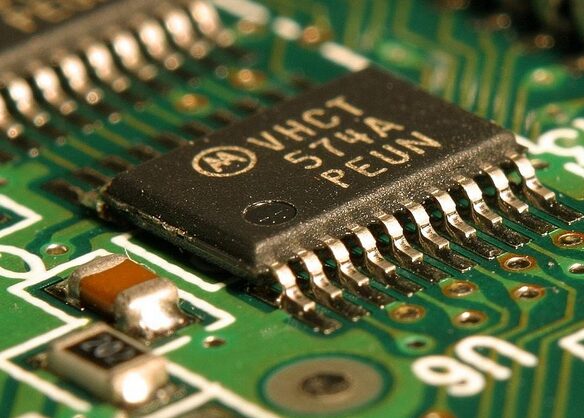As the working frequency of DSP continues to increase, the design of power and ground has become increasingly important in high-speed DSP systems. This also raises higher requirements for electronic engineers. A reasonable design of power and ground not only affects system performance but also directly impacts the stability and reliability of the system. Therefore, this article will explore how to design these aspects.

1. Decoupling Design of Power and Ground
① Application of Multilayer Boards
With the miniaturization and dense packaging of DSP and other IC components, multilayer board design has become a trend. It is recommended to use separate layers for power and ground to achieve better decoupling effects. For multi-power systems, such as I/O power and core power of DSP, different power layers should be used separately.
② Decoupling Capacitor Design
Regardless of whether the circuit board has dedicated ground and power layers, an appropriate amount of decoupling capacitors should be added between power and ground to filter out power noise. It is recommended to use surface mount capacitors to save space and reduce the number of vias. Surface mount capacitors can be placed on the back of the PCB and connected to the power and ground layers through wide traces and vias.
2. Power Distribution and Wiring Rules
① Separation of Analog and Digital Power
High-speed, high-precision analog components are extremely sensitive to digital signals. Therefore, the power layers for analog and digital parts should be designed separately to avoid mutual interference;
② Isolation of Sensitive Signals
For sensitive signals such as high-frequency clocks, high-level isolation measures should be taken. High-frequency clock lines should be accompanied by ground escort, and sufficient trace width should be ensured. At the same time, appropriate damping resistors should be connected in series on the clock sending side to reduce signal noise interference.
3. Others
In practical design, the processing cost of multilayer boards should also be considered. If costs are constrained, critical power or power with more connections can be designed as independent layers, while other power can be routed together with signal lines, but care should be taken to ensure the trace width is sufficient.
In addition, to ensure uniformity and stability of power distribution, the routing and layout of power lines should be reasonably planned.
This article is an original piece by Wanyi Education. Please indicate the source when reprinting!